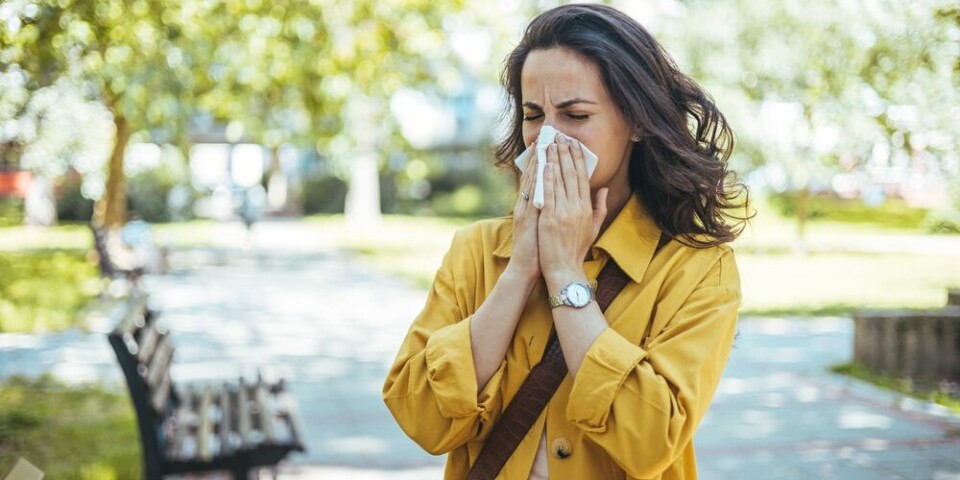-
Closest ski resort to Paris for sale
La Loge des Gardes, a family-friendly resort, offers year-round activities and is seeking new ownership
-
French inventor develops new air purifier after daughter’s asthma attack
Particles in the air attach themselves to ionised air from the machine causing them to fall to the ground
-
Trump calls for Marine Le Pen to be freed (but she is not in prison)
US president said her embezzlement court case was a ‘witch hunt’
Antibiotic use on animals drops 37% in five years
An official policy adopted in 2012 has worked much better than expected

The use of antibiotics on animals is falling much faster than expected, the government has announced.
In 2012, amid concerns over the rise of drug-resistant bacteria caused by over-prescription, the government launched a scheme to cut antibiotic use in livestock and pets by 25%. On Friday, it was revealed that the use of the drugs had fallen 37% - and almost 50% since 2005.
The figures reveal that antibiotic use has dropped 24% in cattle, 41% in pigs, 43% in poultry and 19% in cats and dogs.
Minister of Health Agnès Buzyn and Minister of Agriculture Stéphane Travert, said in a joint statement that, "the targets of reducing the use of antibiotics are not only met but widely exceeded."
The statement added that the reduction is a testament, "to the mobilisation and commitment of all private and public stakeholders, especially veterinarians and herders, on this priority public health issue."
Farmers have sought to cut the effects of viruses on their farms by altering and improving living conditions for their livestock, including reducing the number of animals they have, giving them more room to move.
A new policy, launched this year, will build on the success of the 2012 plan, an Agriculture Ministry official told AFP. "This result … meets society's expectations of animal welfare," the official said.
The World Health Organisation and the UN's Food and Agriculture Organisation have repeatedly warned of the risks of drug-resistant bacteria due to the overuse antibiotics. In France alone, antibiotic resistance is responsible for 12,500 deaths a year, a report submitted to the Ministry of Health in September revealed.
























